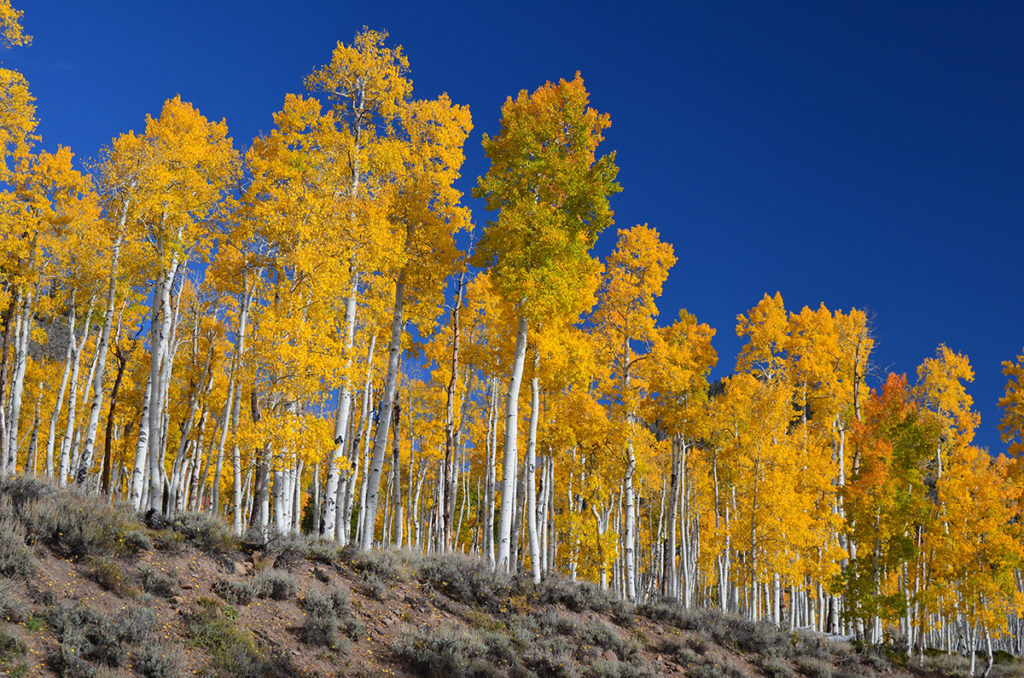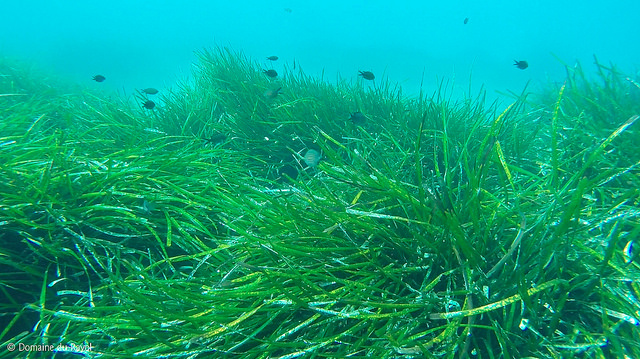Bigger than the Biggest Aspidistra
What I am talking about are plants that are bigger than the biggest aspidistra in the Gracie Fields song book. They represent examples of the biggest natural organic organism in the world. I have three candidates for your consideration a couple of which may surprise you.
-
- Honey Fungus, Armillaria mellea, Armillaria ostoyae, and Armillaria solidipes also known as the humongous fungus, “honey mushroom†or “shoestring fungus.â€Â The largest measured example of unique DNA is believed to be in Oregon’s Blue Mountains. It is thousands of years old stretches, over 3 square miles, weighs 100s of tons, grows 10 feet deep and is acknowledged as the largest land organism on the planet.
- A plant in Fishlake National Forest colorado forms a colony of clones of Populus tremuloides also known as Quaking Aspen, Pando or the Trembling Giant; it weighs in at an estimated 6,000 tons and may be up to 80,000 years old. Clones and genet have identical genetic make-up and are a single living organism assumed to have one massive underground root system. Â
- Honey Fungus, Armillaria mellea, Armillaria ostoyae, and Armillaria solidipes also known as the humongous fungus, “honey mushroom†or “shoestring fungus.â€Â The largest measured example of unique DNA is believed to be in Oregon’s Blue Mountains. It is thousands of years old stretches, over 3 square miles, weighs 100s of tons, grows 10 feet deep and is acknowledged as the largest land organism on the planet.

3. The third candidiate and world heritage site is in Ibiza and is a sea grass Posidonia oceanica also known as Neptune grass or Mediterranean tapeweed. Despite growing underwater it is not a seaweed but a grass that forms large underwater meadows in this case 5 miles long and over 100,000 years old. It is the largest example of a colnal colony

Other potential biggest aspidistras include The Great Barrier Reef, the world’s largest structure but is composed of a mixture many different living entities, the Giant Sequoia or amongst mammals the Blue Whale.